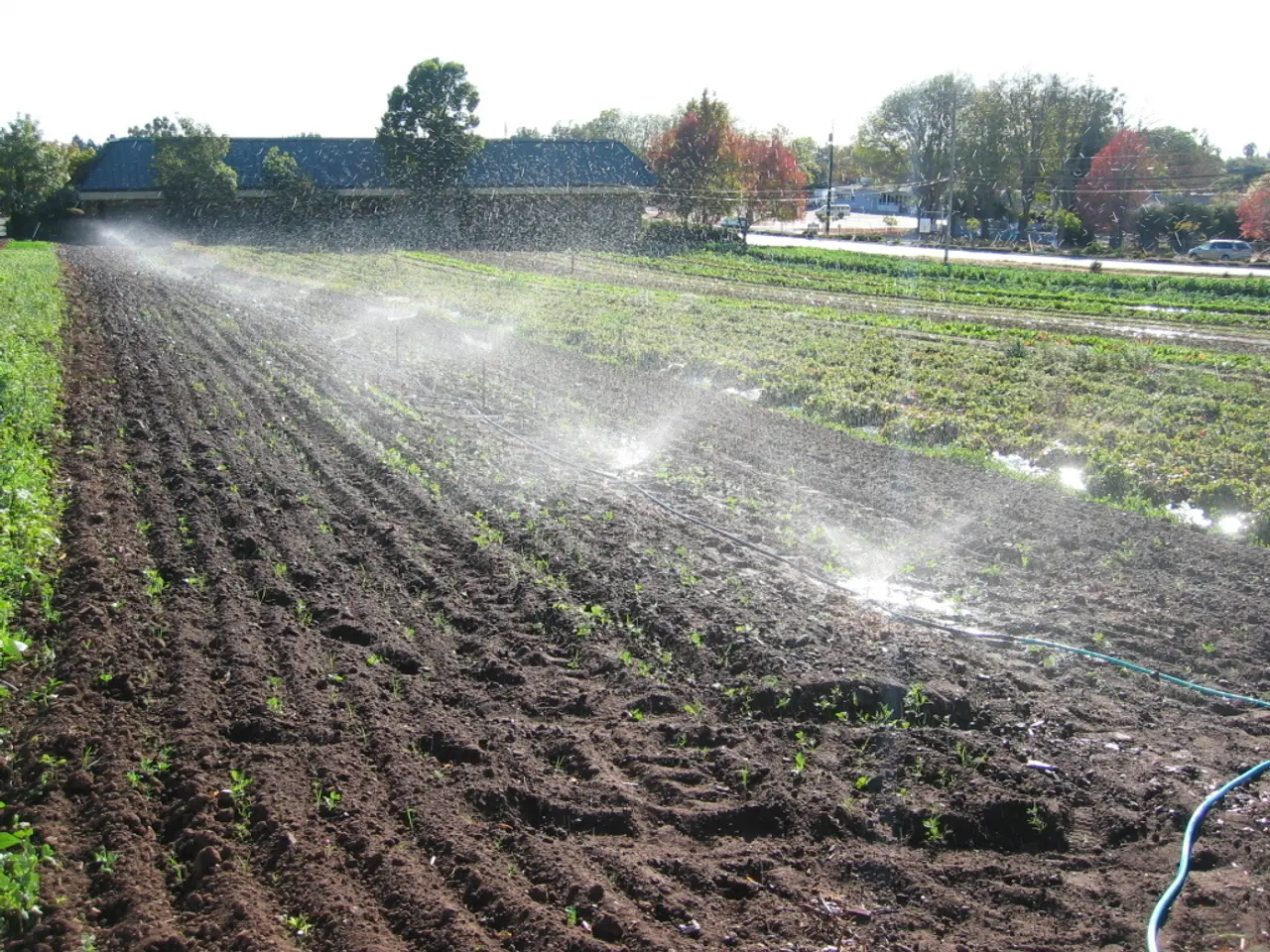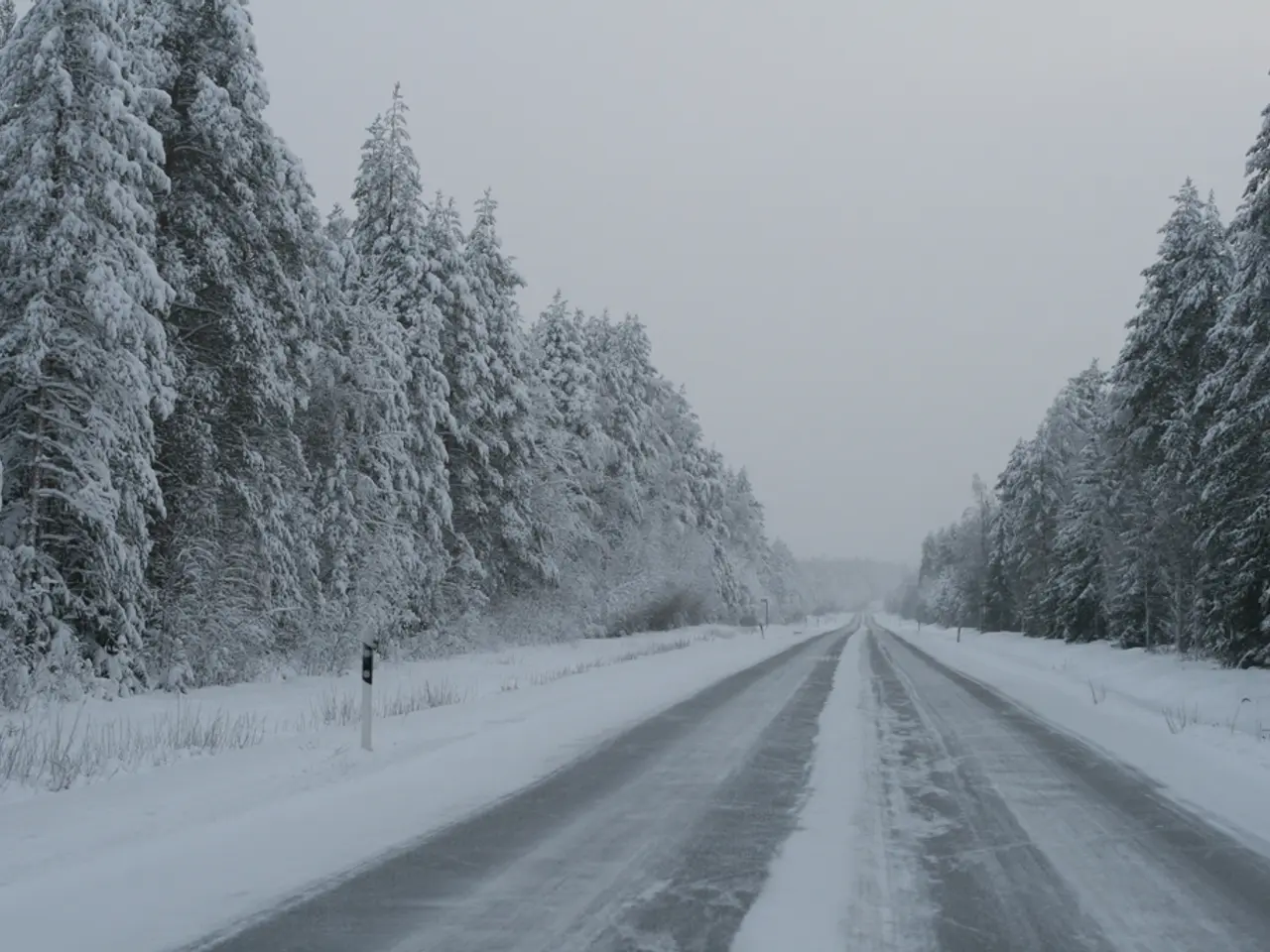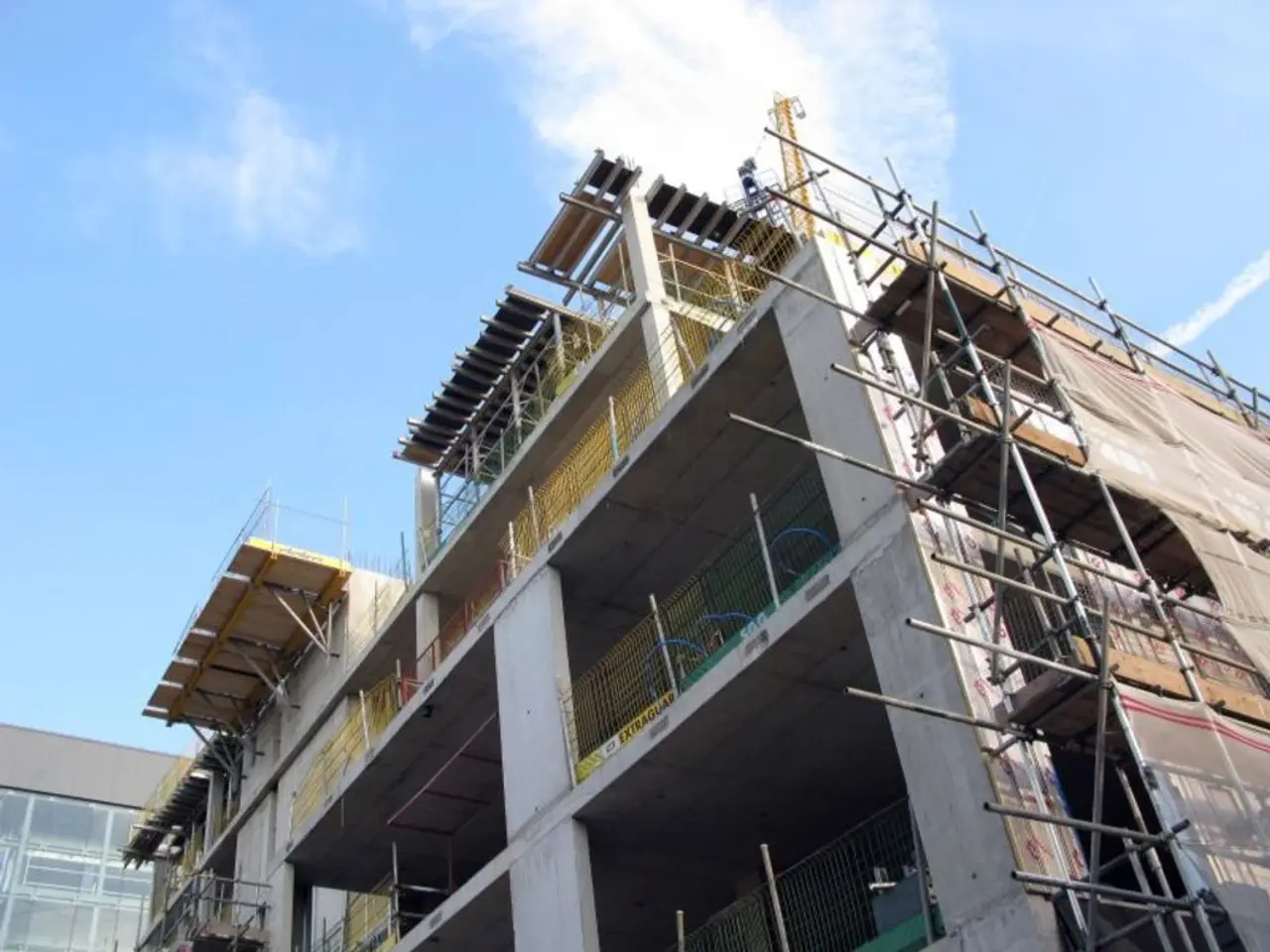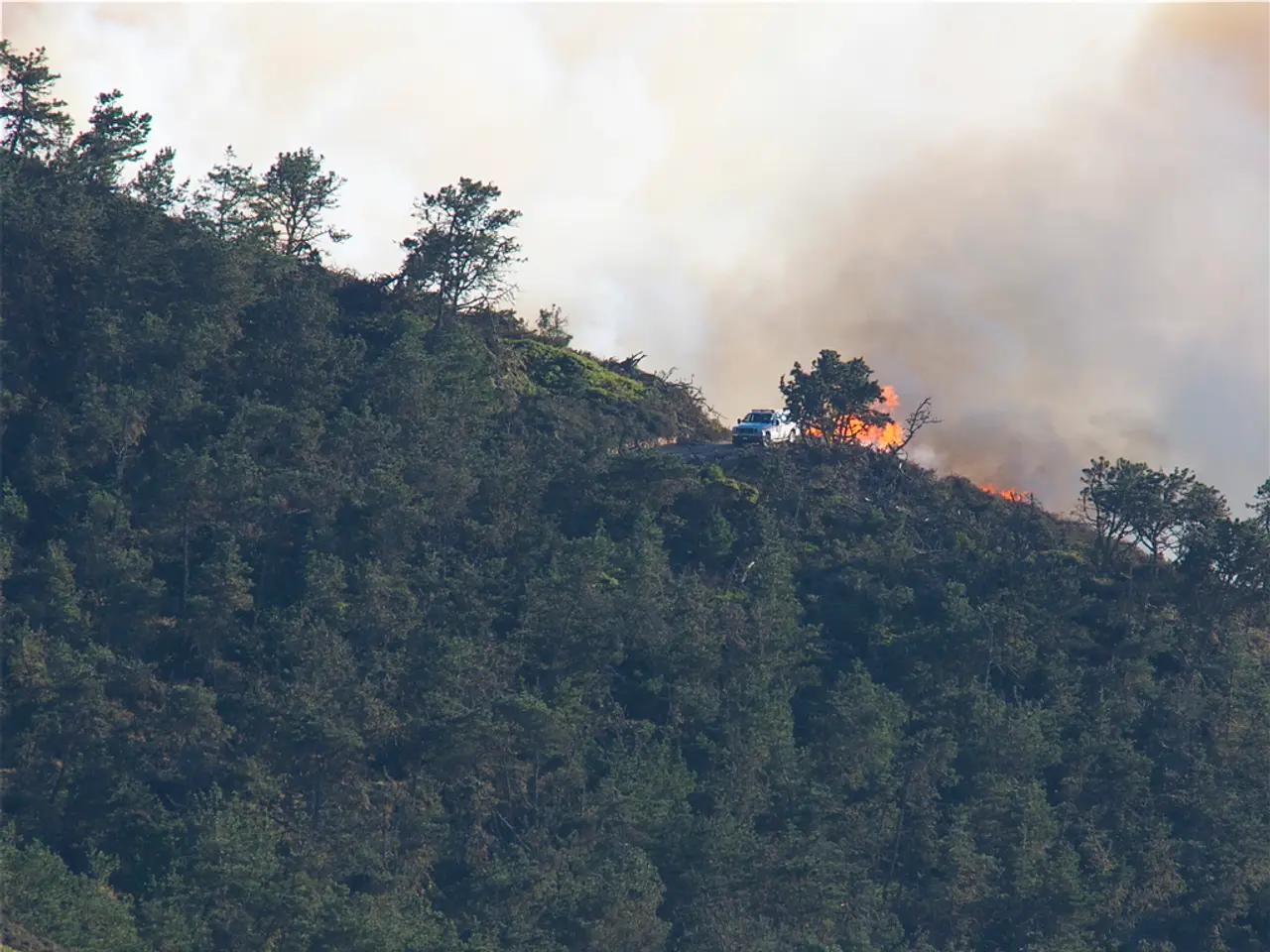Rapidly escalating Texas floodwaters lead to tragic deaths for multiple individuals
Central Texas experienced a devastating flood disaster from July 4 to July 6, 2025, primarily along the Guadalupe River and surrounding areas in the Texas Hill Country. The flooding was triggered by intense rainfall, with 5–11 inches falling in just a few hours on July 4 and 5, 2025, causing rapid and extreme rises in river levels.
The disaster has resulted in at least 52 confirmed deaths, with 37 people still missing, including many children from summer camps along the Guadalupe River. The event has surpassed the flood of 1987, becoming the highest flood on record in Kerr County.
On July 4, heavy rains caused the Guadalupe River to surge dramatically, rising about 29 feet in the Hunt area where a summer camp was located. This sudden rise resulted in at least 25 fatalities that day alone, with over 20 children declared missing from the camp. Six flash flood emergencies were issued, including for cities like Kerrville and Mason.
Flood warnings and flash flood emergencies continued on July 5, particularly around the Lake Travis area and other counties such as Travis, Williamson, and Burnet. The death toll increased to at least 32 by July 5 morning, with many people still missing.
On July 6, the overall death toll rose to at least 52, with 37 people reported missing as flood waters continued and rain persisted in the region. Continued flooding and heavy rains caused additional deaths in the Austin region, with at least 7 reported in several counties due to flash flooding on July 6.
The disaster was caused by the remnants of Tropical Storm Barry interacting with a mid-level trough bringing moisture from the eastern Pacific, resulting in widespread thunderstorms and heavy rain over Central Texas on July 4–5.
Dozens of water rescues have taken place in Kerr County, with more than 400 first responders, including K-9 units and search-and-rescue aircraft, combing the area for victims. The Department of Homeland Security (DHS) has activated the Federal Emergency Management Agency (FEMA) on the ground in Kerr County after President Trump signed a disaster declaration for the county.
The flood has raised questions about flood preparedness and warning systems in the region prone to recurrent and sometimes sudden flooding. The event has been among the deadliest in Central Texas history, with prior major floods having occurred in 1987, 2002, 2007, and 2015.
Additional flash flood emergencies have been issued in other areas, including north of San Angelo, Texas, with up to 10 inches of rain already fallen and another 3 to 4 inches possible. Flash flooding occurred mainly west of Austin and San Antonio on Independence Day.
[1] National Weather Service. (2025). Central Texas heavy rain disaster from July 4 to July 6, 2025. Retrieved from https://www.weather.gov/safety/flood-central-texas [2] KXAN. (2025). Deadly floods strike Central Texas, leaving dozens missing and at least 52 dead. Retrieved from https://www.kxan.com/news/local/central-texas/deadly-floods-strike-central-texas-leaving-dozens-missing-and-at-least-52-dead/ [3] Austin American-Statesman. (2025). Central Texas flooding: At least 52 dead, dozens missing. Retrieved from https://www.statesman.com/news/20250706/central-texas-flooding-at-least-52-dead-dozens-missing [4] KVUE. (2025). Flash flooding in Central Texas: At least 7 dead, dozens missing. Retrieved from https://www.kvue.com/weather/flash-flooding-in-central-texas-at-least-7-dead-dozens-missing/1209211671
- "Despite the ongoing recovery efforts, many are still hesitant to travel to Central Texas, as the region's weather remains unpredictable due to the recent flood disaster."
- "While conditions have improved, authorities advise against recording video near flooded areas, as they could potentially trigger flash floods or disguise hidden dangers."







